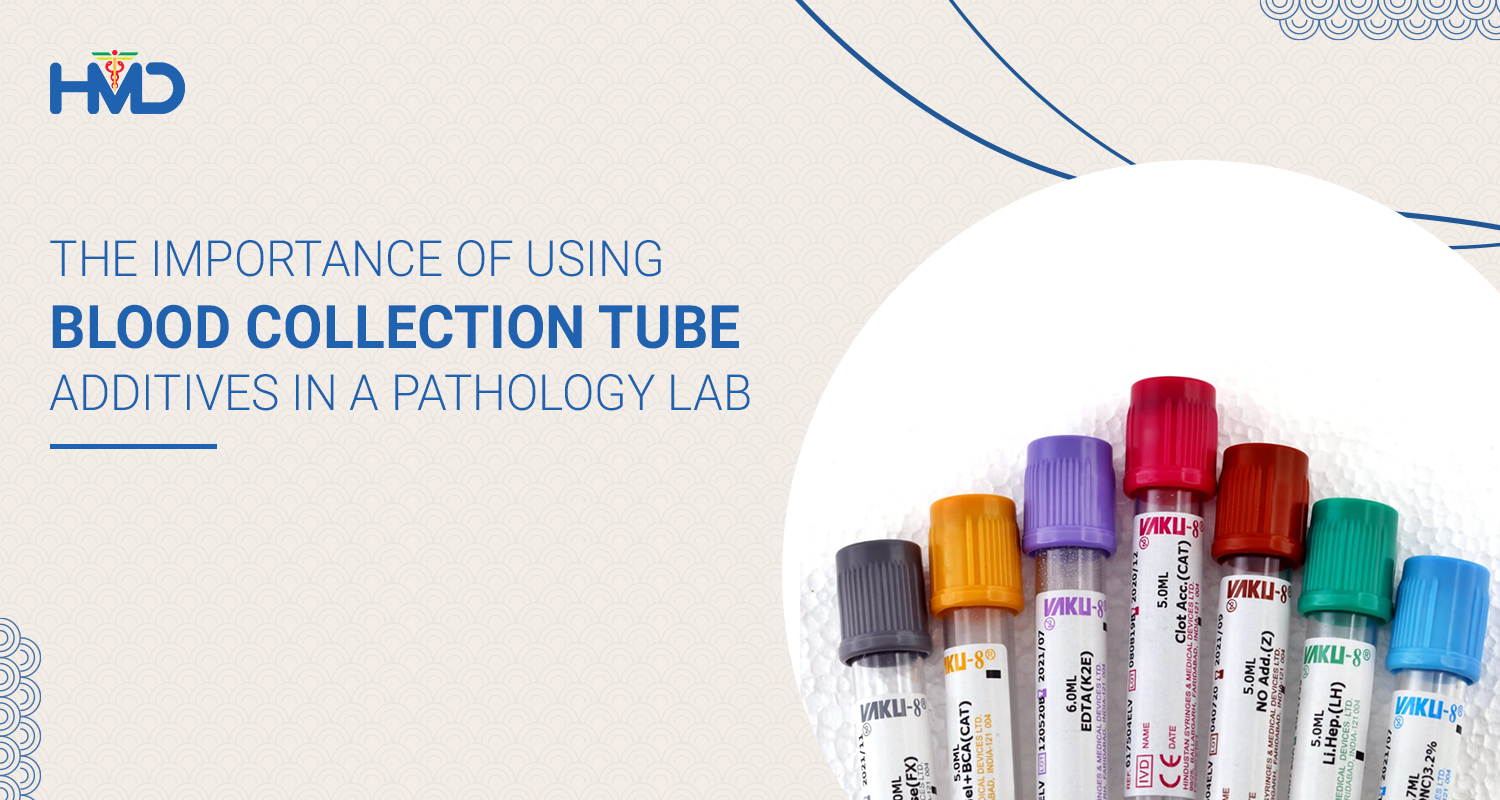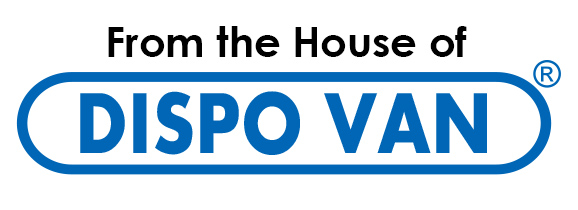

A sterilised plastic or glass test tube is an evacuated blood collection tube used to collect blood specimens. It features a coloured rubber stopper that generates a vacuum inside the tube. This helps in drawing a predefined volume of liquid. To stabilise and maintain the blood sample before analytical testing, blood collection tubes contain chemicals (additives).
Why are additives used?
Additives are either an anticoagulant that keeps blood from clotting or a coagulant that helps blood clot. The serum or plasma of the blood is required for a majority of diagnostic procedures. The collected blood samples are centrifuged to achieve this separation. However, this separation is impossible without using a clot activator, also known as a coagulating agent. Let’s look at the different additives utilised while collecting blood samples.
Gel or Clot Activator
Diagnostic clinics commonly utilise this sort of additive because it aids in separating serum and plasma following centrifugation. A red tube is typically used, containing the clot activator, which aids in clot formation. Silica gel particles split the serum and function as a clotting factor. This additive tube is common in pathology laboratories for several studies, such as drug testing, antibody testing, and serological tests.
Anticoagulant SPS (Sodium Polyanetholsulfonate) & ACD (acid citrate dextrose)
This additive stabilises bacterial growth and prevents clot formation. It helps in blood and bodily fluid cultures. The tubes with ACD are typically used for cellular studies, DNA, HLA, and paternity. Here, the SPS augments the recovery of microorganisms. How? By decelerating the actions of phagocytes, complement, and specific antibiotics.
Heparin with lithium or sodium or aluminium
These collection tubes are commonly used in pathology labs and diagnostic centres that work with insulin, cholesterol, etc. Heparin, a well-known anticoagulant, interacts with the coagulation factors thrombin and prothrombin, preventing blood from clotting.
This one is commonly used in drugs, hormones, cholesterol, insulin, and biochemistry testing. Heparin mates with aluminium, sodium, or lithium metal compound. Heparin-containing blood collection tubes are used in biological labs where metabolism-related research is conducted.
Sodium Citrate
This additive helps in binding calcium to prevent clot formation. It is often used for haematology tests that involve the clotting system. These kinds of tests need inactivated whole blood during analysis.
Potassium EDTA
This one works as an anticoagulant by interacting with calcium ions in the blood. This stops the blood from clotting, enabling you to get a whole blood sample for haematological tests. The function is similar to sodium citrate. Doctors also employ this in virological investigations. Hence, it’s common in laboratories that study viruses and other disorders. A metal ion conjugate, such as potassium, is always employed with EDTA.
In general, cell defect and cell count-related disorders such as malaria and sickle cell anaemia tests are typically performed with these lavender tubes.
Potassium oxalate and Sodium fluoride
Sodium fluoride serves as an antiglycolytic agent. This ensures that no further glucose breakdown takes place once the sample is taken. Here, potassium oxalate acts as an anticoagulant and binds and removes calcium.
The laboratory usage includes glucose tolerance test (GTT), chemistry testing, lactate, and glucose.
Additives are pivotal in safe and secure blood sampling. At HMD, healthcare providers and hospitals can have top-of-the-shelf blood collection systems with Vaku-8 tubes.

